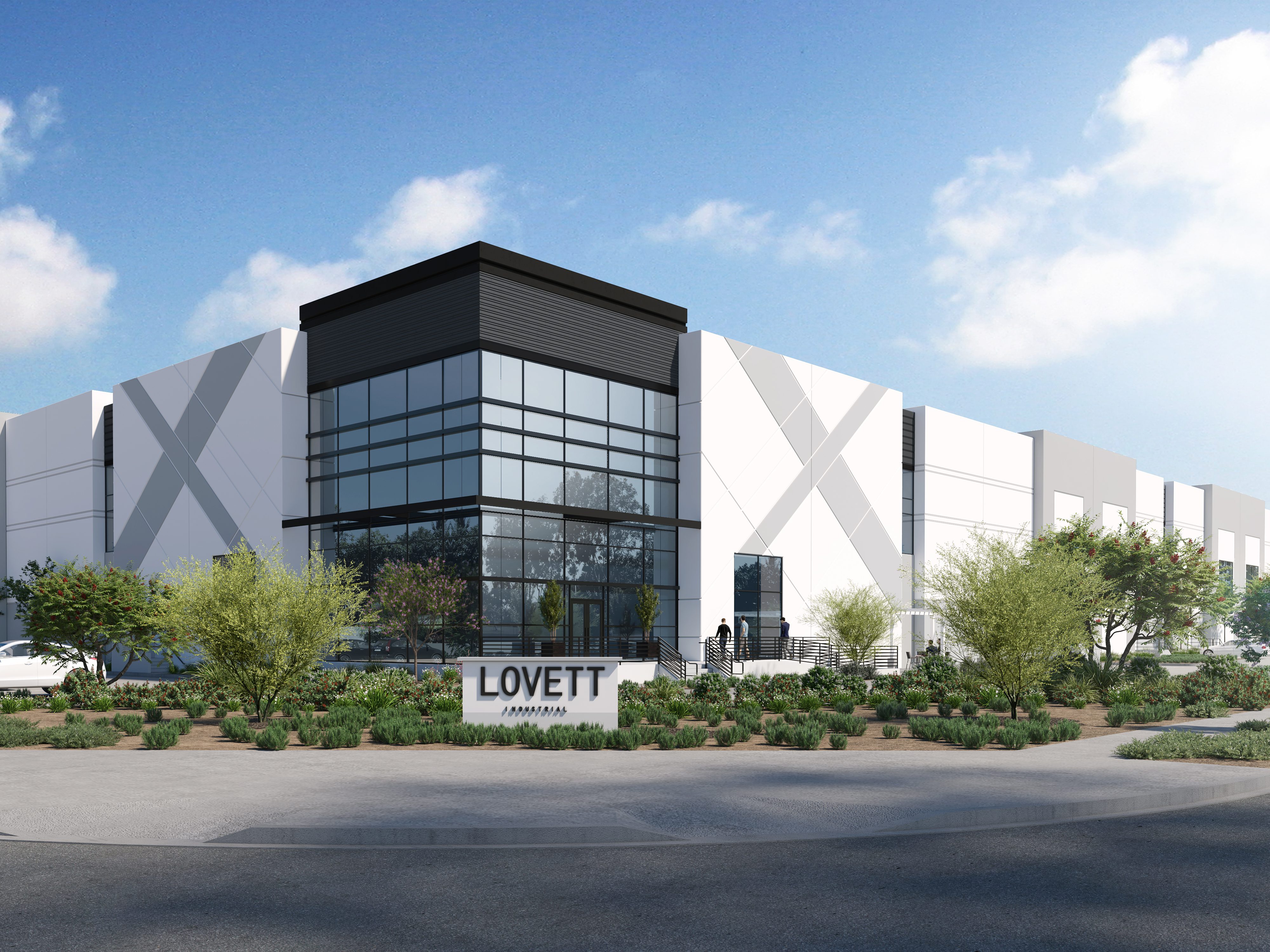Opportunities, Risks in Today’s Commercial Mortgage Financing
MetroGroup Realty Finance's Ivan Kustic gives a detailed picture of the capital markets’ current landscape.
Despite recent widespread economic challenges, MetroGroup Realty Finance has maintained consistent loan production levels in 2020 and through 2021. In fact, Vice President Ivan Kustic noted that MetroGroup’s deal volume in the first half of 2021 has been on par with the previous three to four years.
In a conversation with Commercial Property Executive, Kustic explained why the current low interest rate environment is expected to persist through 2022, but also weighed in on what is fueling triple-net leased, single-tenant credit investments.
READ ALSO: These 3 CRE Sectors Will Reward Long-Term Holders
How was the first half of 2021 for MetroGroup? What capital sources did you mainly work with?
Kustic: MetroGroup’s loan production in the first half of 2021 has been consistent with the previous three to four years. We saw an equal amount of sale activity, together with maturing loans needing to be restructured.
Ironically, the capital providers that we sourced our requirements on a percentage basis almost mirrors that of existing outstanding loan balances of the various investor groups nationally: banks and thrifts at 38 percent; agency GSE at 22 percent; life companies at 15 percent; CMBS at 14 percent; and others at 11 percent.
In Southern California, we are fortunate to have thriving, healthy regional banks that are committed to lending on commercial real estate. We also represent active and competitive regional and national credit unions that want to lend on commercial real estate in Southern California. We work with one regional and one national credit union that have pricing similar to midsize-to-large life insurance companies, with fixed-rate, 10-year loans up to $20 million in size.
What are your expectations for the coming quarters? Do you anticipate the low interest rate environment to persist?
Kustic: We expect normal, consistent volume—similar to the last three to four years—to continue throughout 2021 and 2022. We also see interest rates remaining relatively low as a result of the Federal Reserve’s commitment to keep employment and the economy healthy.
The Mortgage Bankers Association is projecting the 10-year Treasury bill to average approximately 1.5 percent for the balance of 2021, and average just slightly below 2 percent for 2022. These 10-year T-bill rates would put “all in” rates in the low 3s to low 4 percent, which is still an extremely competitive and attractive rate.
What do you expect originations to look like for the different property types in 2021?
Kustic: Hospitality and retail were impacted the most, and lenders are certainly being more conservative when it comes to these asset classes. Some lenders that we work with have stopped lending on these sectors. The other 75 percent of lenders are looking at retail very carefully, analyzing in detail the rent roll, operating history and each tenant’s performance during the pandemic. Retail is getting financed, but just more closely looked at.
We have several private investors and family offices that continue to invest in triple-net leased, single-tenant credit investment properties on a regional and national level. We have provided financing that facilitated the acquisitions of DaVita health-care centers in McAllen and in Austin, Texas; two TCF Bank branches in Chicago, and a Dollar General store in Blackwood, N.J.
We have also provided competitive financing on distribution and logistics buildings in the Inland Empire, Commerce, City of Industry and Vernon, Calif. Additionally, we consummated several loans on industrial buildings in Irvine, Calif.
READ ALSO: How Positivity Is Building in CRE Circles
What is your take on the potential wave of distressed assets hitting the market?
Kustic: We do not anticipate much activity in the near future of distressed assets sold by mortgage lenders. The financial institutions learned a lot from 1989 to 1992 when the Federal Deposit Insurance Corp. formed the Resolution Trust Corp. to liquidate troubled assets created by the demise of the savings and loan industry.
One-third of the savings and loans failed in a 7-year period—$394 billion of assets were liquidated. Opportunistic buyers purchased income-producing properties at deep discounts and, in most cases, did little or nothing other than wait for the economy to recover, creating substantial value. We did not see much of this activity in the 2008 and 2009 environments. Lenders became asset managers and patiently waited for the economy to recover.
How have your priorities shifted compared to before COVID-19?
Kustic: We have always felt it imperative to market to and have strong knowledge and experience in financing of all asset classes including industrial, retail, office, multifamily, hospitality and self storage.
Our success over the years is due to having relationships with a diverse group of investors that understand and provide competitive financing options for all the different asset classes and sizes. We will continue to concentrate some of our marketing efforts where we have had success in the past: Healthy industrial logistics markets in Southern California, as well as triple-net leased, single-tenant credit investment properties.
As a commercial mortgage banking company, what is the biggest challenge you anticipate going forward and where do you see opportunities in 2021?
Kustic: We see the next couple of years continuing to be healthy for the commercial mortgage financing industry, for both lenders and borrowers. Since our company was founded in 1983, we have experienced and successfully navigated three major challenging times for our industry. We are now in the 13th year of healthy environment where economic activity is thriving, and mortgage loan originations have broken records year-over-year. We expect these volumes to increase 10 percent annually in the next two years.
In reviewing our loan originations in 2011 and 2012, coupon rates ranged from 4 percent to 5 percent. Current and projected coupon rates in the next two years should be in the high threes to mid fours. Therefore, borrowers in the next few years should be able to continue to borrow at rates lower than what they are currently paying.
As long as we can offer our clients a rate that is as good or better than they have been paying the last 10 years, we see that as an opportunity to better their cash flow or take advantage of increased equity via a cash-out refinance.
READ ALSO: The Benefits of Section 1031 No One’s Talking About
In your opinion, what’s next in terms of borrower demand and available liquidity in the capital markets arena?
Kustic: We see the discussion of the tax treatment of real estate as a significant issue relating to real estate value, sale velocity and demand. The discussion of eliminating or changing the 1031 exchange process, as well as stepped-up basis of inherited real estate could change real estate investment velocity and estate planning in the coming years. We see this as a large threat to our clients and industry.
With the creation of the CMBS market in the mid ’90s and the proliferation of regional banks, thrifts and credit unions adding financing options for commercial real estate, liquidity has not been an issue since the mid-1990s. There is currently $3.8 trillion of outstanding debt on commercial properties. There is plenty of liquidity to restructure these loans as they mature.
All of the current sources of capital view income property lending as an attractive, well-performing asset class. We see the institutions that we represent continue to see mortgage loans on commercial real estate as an attractive asset class complimenting fixed income and equities in rounding out their investment portfolios.









You must be logged in to post a comment.